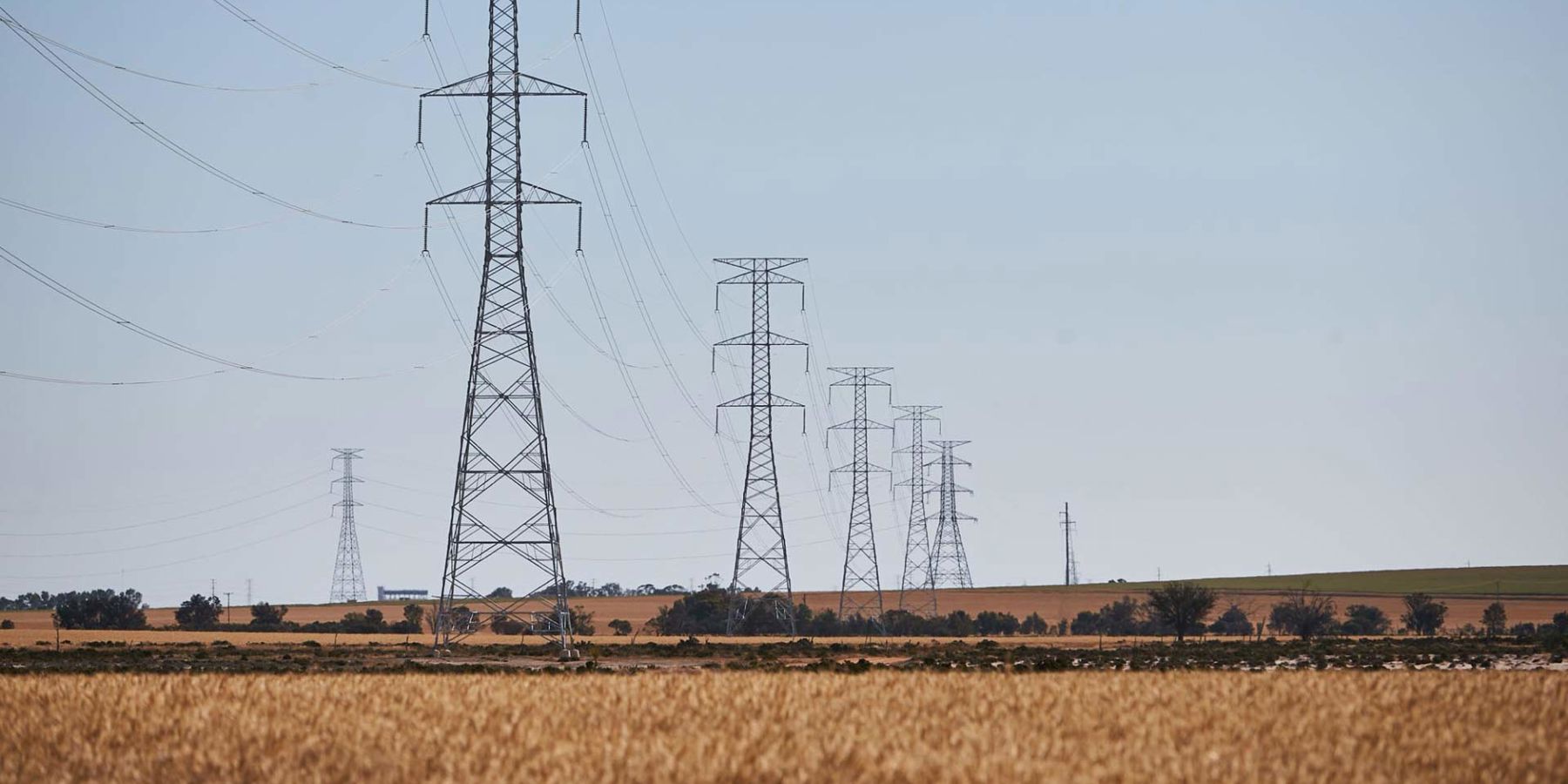Western Power is preparing for high peak electricity demand over the coming days with a heatwave forecast to impact Western Australia.
The Bureau of Meteorology has also forecast unusually high maximum temperatures for parts of western WA from December 2023 to February 2024.
Current severe fire weather conditions are having an impact on restoration times.
Our network infrastructure traverses a lot of urban bushland, parks and reserves and during high fire weather conditions we cannot restore power until conditions ease or to minimise bushfire risk. Where possible, we’re conducting bushfire risk assessments to ensure community and crew safety before we conduct repairs and restoration.
Western Power Executive Manager Asset Management Gair Landsborough said extensive summer preparedness and bushfire mitigation works for a hotter-than-normal summer had been ongoing for some time.
“Extensive summer preparedness work has been underway across the Western Power network to minimise bushfire risk, increase network resilience and improve reliability for the community,” he said.
“The increasingly extreme climate conditions we are experiencing are unprecedented and the impacts on our network are also increasing.
“This week we are cancelling all non-critical planned works, pushing forward with key resilience-based works like installing new transformers, and planning for resourcing our teams for the days ahead.
“The safety of our people, customers and the community is vital. If we experience outages in the coming days, we will work as quickly and safely as possible to restore power.
“I’d ask the community to be patient with us while we work in these challenging conditions – particularly in bushfire-prone areas.
“While it may not be immediately obvious, fire weather conditions can impact restoration times in the metropolitan area if an asset traverses a heavily vegetated area like a park.
“We’ve been working hard to increase the resilience of our network by upgrading distribution feeders and transformers to cope with additional load, making changes to our load balancing and switching to better distribute load, and obtaining more emergency response generators.”
While Western Power’s network is built to withstand very hot temperatures, sustained extreme temperatures in the day coupled with high minimum overnight temperatures can lead to significant peak load demand, putting additional pressure on our assets and potentially leading to outages.
Gusty winds can also pose a risk to Western Power’s infrastructure, and fire weather conditions can impact power restoration timeframes for customers, as we need to minimise the chance of our operations contributing to the risk of bushfire.
During peak energy hours (5pm and 9pm), you can help by shifting your energy use and reducing power consumption, including setting your air conditioner to 24 degrees, and changing the time you use appliances with high energy consumption like induction cooktops, dishwashers, washing machines and pool pumps to non-peak times.

